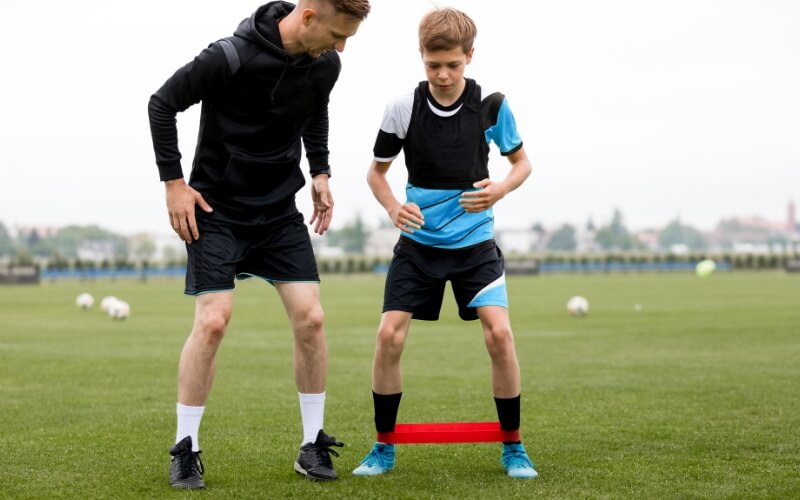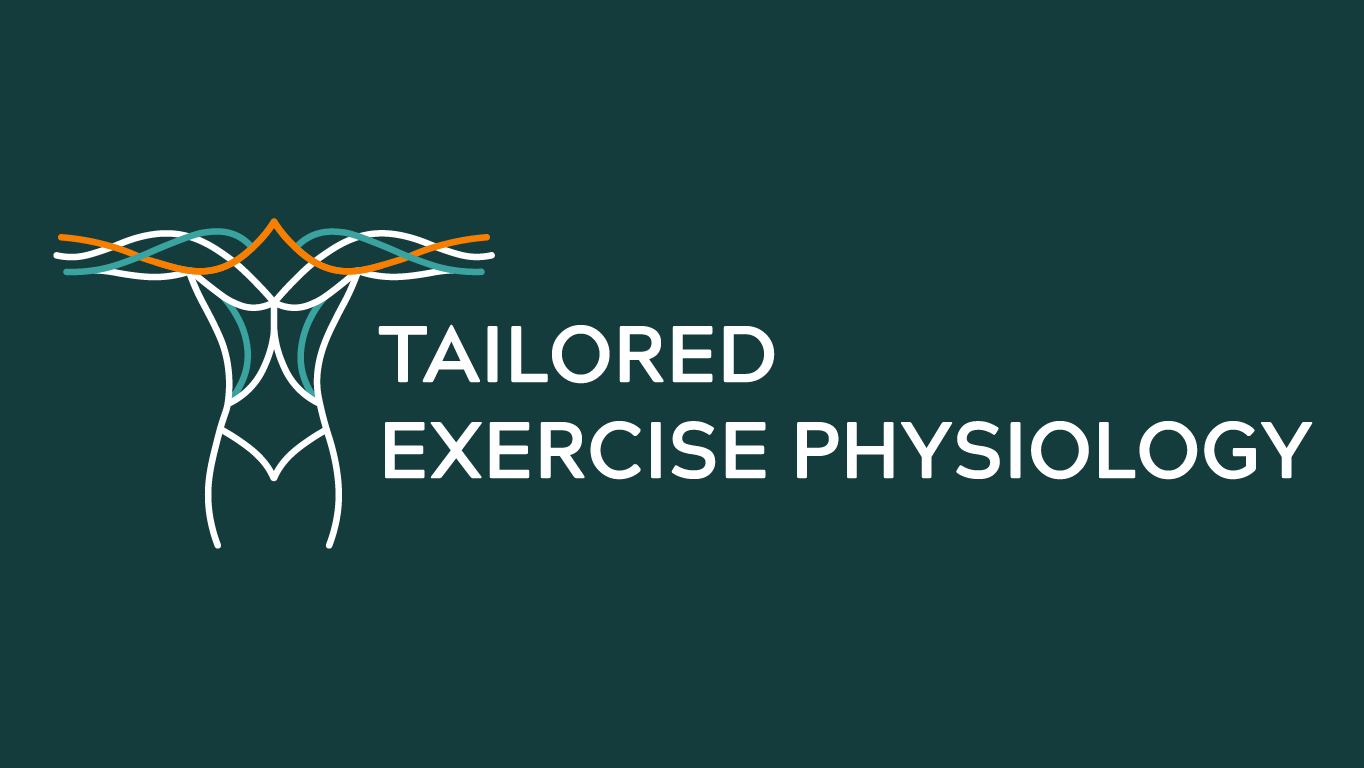Where does youth strength training fit amongst sport for our young athletes?
As parents of young athletes, you want to ensure optimal support of your child’s athletic journey.
Youth strength training plays a pivotal role in enhancing performance and reducing the risk of injury, thereby safeguarding sport participation for years to come.
This blog will delve into how youth strength training, guided by the Long-Term Athletic Development (LTAD) model can be a game-changer for your young athlete.

The Long-Term Goal of Youth Strength Training
Youth strength and conditioning is not just about building muscle, it’s about fostering well-rounded, resilient athletes who can excel in their chosen sports and stay injury-free.
The LTAD model emphasises the importance of developing a solid foundation in strength, flexibility, balance, and coordination from a young age. This foundation sets the stage for more advanced athletic skills and sport-specific training as your child matures.
What are the foundational blocks for Youth Strength and Conditioning?
As your child grows, their strength training should evolve to meet their physical and psychological needs, ultimately preparing them for peak performance during adolescence and beyond.
The long-term goals during child and adolescent years are:
Physical literacy:
Youth strength and conditioning contribute to overall physical literacy, helping children develop the basic movement skills necessary for all sports. This includes running, jumping, throwing, and changing direction efficiently.
Injury prevention:
A well-designed youth strength program improves muscle, ligament, and tendon robustness. This contributes to reducing the likelihood of injuries such as sprains, strains, and overuse injuries that are common in young athletes.
Confidence and mental resilience:
Mastering new exercises and seeing improvements can boost a young athlete’s confidence, teaching them the value of hard work and perseverance.

How Youth Strength Training Changes with Age
As your child ages, their strength training must match their developmental stage. The LTAD model divides youth athletic development into several stages, each with its own focus:
1: FUNdamentals (Ages 6-9):
- Focus: Developing basic movement skills through fun activities.
- Key Activities: Games and exercises that involve running, jumping, throwing, and bodyweight exercises.
2: Learning to Train (Ages 8-12):
- Focus: Introducing structured strength training with a continued emphasis on fun and proper technique.
- Key Activities: Bodyweight exercises, light resistance training, and incorporating a variety of sports.
3: Training to Train (Ages 11-16):
- Focus: Building a strong physical foundation with more structured and sport-specific strength training.
- Key Activities: Progressive resistance training with a focus on proper form, increased intensity, and sport-specific drills.
4: Training to Compete (Ages 15-23):
- Focus: Maximizing strength and power, refining sport-specific skills, and preparing for high-level competition.
- Key Activities: Advanced strength and conditioning, power training, and periodised programs tailored to the competitive calendar.
The key is to ensure that each stage builds on the previous one, gradually increasing the intensity and complexity of the training as your child matures. This approach reduces the risk of burnout and overtraining while maximising athletic potential.

How Young is Too Young to start Strength Training for Kids?
One of the most common questions parents ask is, “How young is too young for youth strength training?”
According to the Australian Strength and Conditioning Association‘s Position Stand, children as young as 6-7 years old can safely begin strength training, provided the program is well-designed and supervised by a qualified professional.
The guidelines of the LTAD model coincide with this position stand by ensuring your child has the physical literacy required before progressing into more complex exercises.
The LTAD model highlights:
Age-appropriate exercises:
For younger children, strength training should focus on bodyweight exercises and light resistance, emphasising technique and control.
Supervision is key:
All strength training should be supervised by a professional to ensure safety and proper technique.
Individual readiness:
While age provides a general guideline, individual readiness is equally important.
It’s essential to remember that strength training for kids is not about lifting heavy weights at a young age. Instead, it’s about teaching children how to move correctly, improve their physical fitness, and prepare them for the demands of sport.
Final words on Youth Strength and Conditioning
Youth strength training is a powerful tool in the development of young athletes, enhancing their performance and reducing the risk of injury. By following the LTAD model and ensuring that strength training is tailored to your child’s age and development, you can help them build a strong foundation for athletic success.
Start early, progress gradually, and always prioritise proper technique and safety. With the right approach, your young athlete will not only excel in their sport but also enjoy a healthier, more active life.
To find out more about how you can improve your child’s athletic performance and confidence, talk to an exercise physiologist about individualised plans which could help for years to come.


